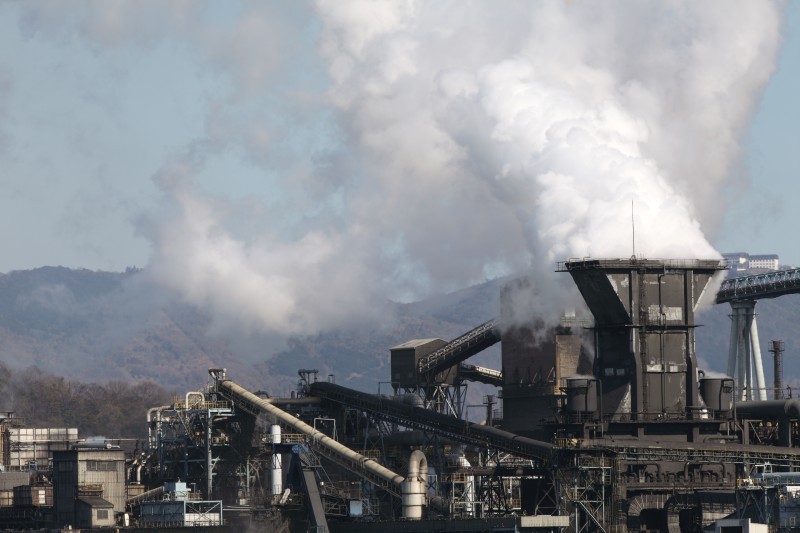Volatile organic compounds, also known as VOCs, are what give essential oils and other fragrances their scent. While these VOCs might be beneficial, others are harmful, contributing heavily to air pollution. These are known as anthropogenic VOCs, and while not immediately toxic, they may have long-term health effects. This is why VOC emissions are regulated by the EPA.
Hydrocarbons are another regulated pollutant typically produced by the petroleum and chemical industries. Hydrocarbon pollution harms plants and increases the risk of cancer and respiratory illness in both humans and animals.
As you can see, controlling these pollutants is vital, and catalytic air pollution control is the answer.
A catalytic thermal oxidizer heats emissions to 500-600 degrees Fahrenheit, converting VOCs and hydrocarbons into harmless water vapor and carbon dioxide. This type of air purification system can remove as much as 99.9% of pollutants, including halogenated organic compounds.
Since catalytic air pollution control systems run at relatively low temperatures, they are comparatively economical to run. In fact, when equipped with a primary and secondary heat recovery system, it can also be used to heat your office.
A catalytic thermal oxidizer is a preferred method for cleaning emissions for many industries, including asphalt factories, paint shops, and chemical producers. They are also a useful addition to glass and steel furnaces and waste incinerators. These systems are customized to your business for cost-effectiveness and optimal performance.
If you think your business could benefit from a catalytic air pollution control system, contact Air Clear, LLC. www.web.net.







